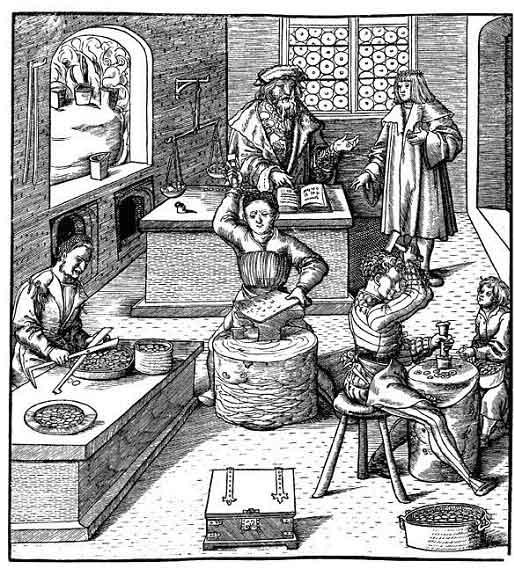Making and Spending Money in Medieval England

There is a popular image of the middle ages as a world of barter, and of payment in kind or in labour. Yet the reality was that everyone from the king down to the humblest peasant used coins and reckoned in terms of units of money. What is more, this trend towards monetization was growing significantly during the period studied by this course, which runs from the time of Domesday Book (1086) to the eve of the Black Death in 1348.
‘Making and spending money’ is an introduction to the world of medieval money in England and the experiences of those who used it. We look at how money was made, how its quality was safeguarded, how it was spent, and what people did when they couldn’t get enough of it. The classes explore four key themes: money and government, money in the town, money in the countryside, and money and credit. Money can be studied using a wide variety of different evidence types, both material and written; we consider the strengths and weaknesses of each. The evidence we investigate on this course ranges from details of coin hoards to the lists of debts owed to Jewish moneylenders. The classes take place at the Fitzwilliam Museum, so students can enjoy hands-on access to coins from the Museum’s exceptionally important collections.
This course explores the growth of a money economy and the effects of commercialisation in medieval England during an era of expanding population, booming markets, and growing towns. We ask how experience of money and its use varied throughout society, between merchants and peasants, rich and poor, women and men, Christians and Jewish minority.
Image: Engraving by Hans Burgkmair the Elder of a late medieval mint.
